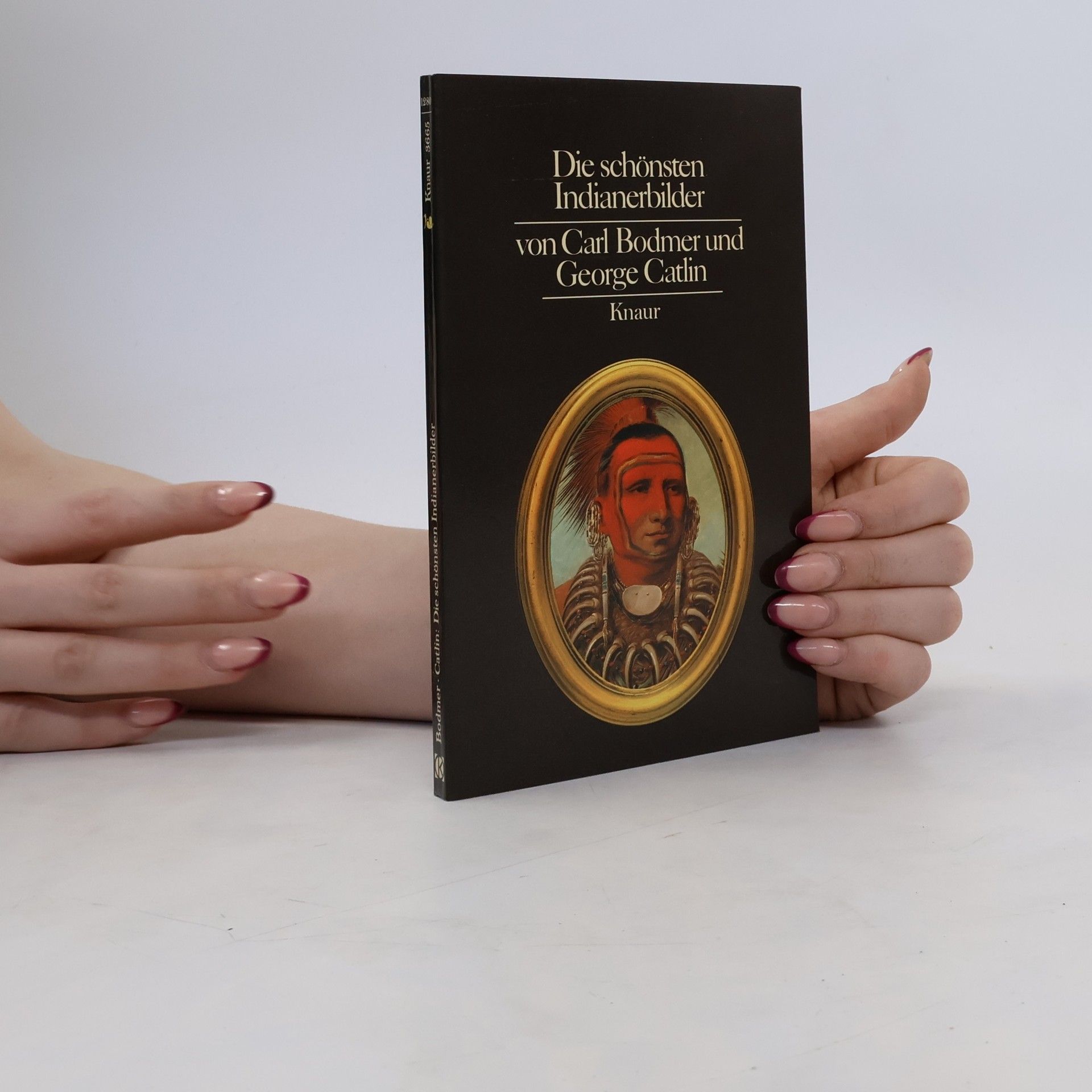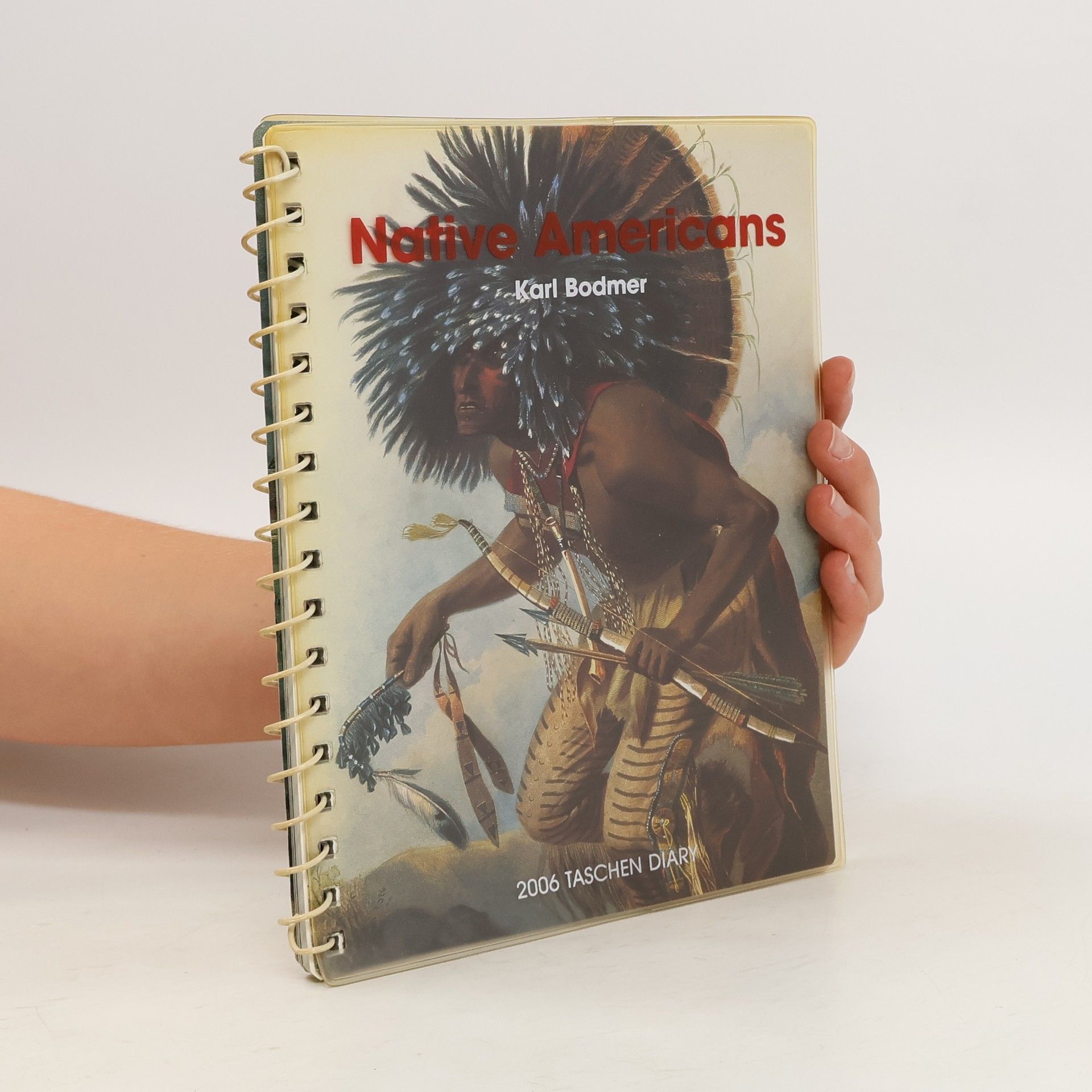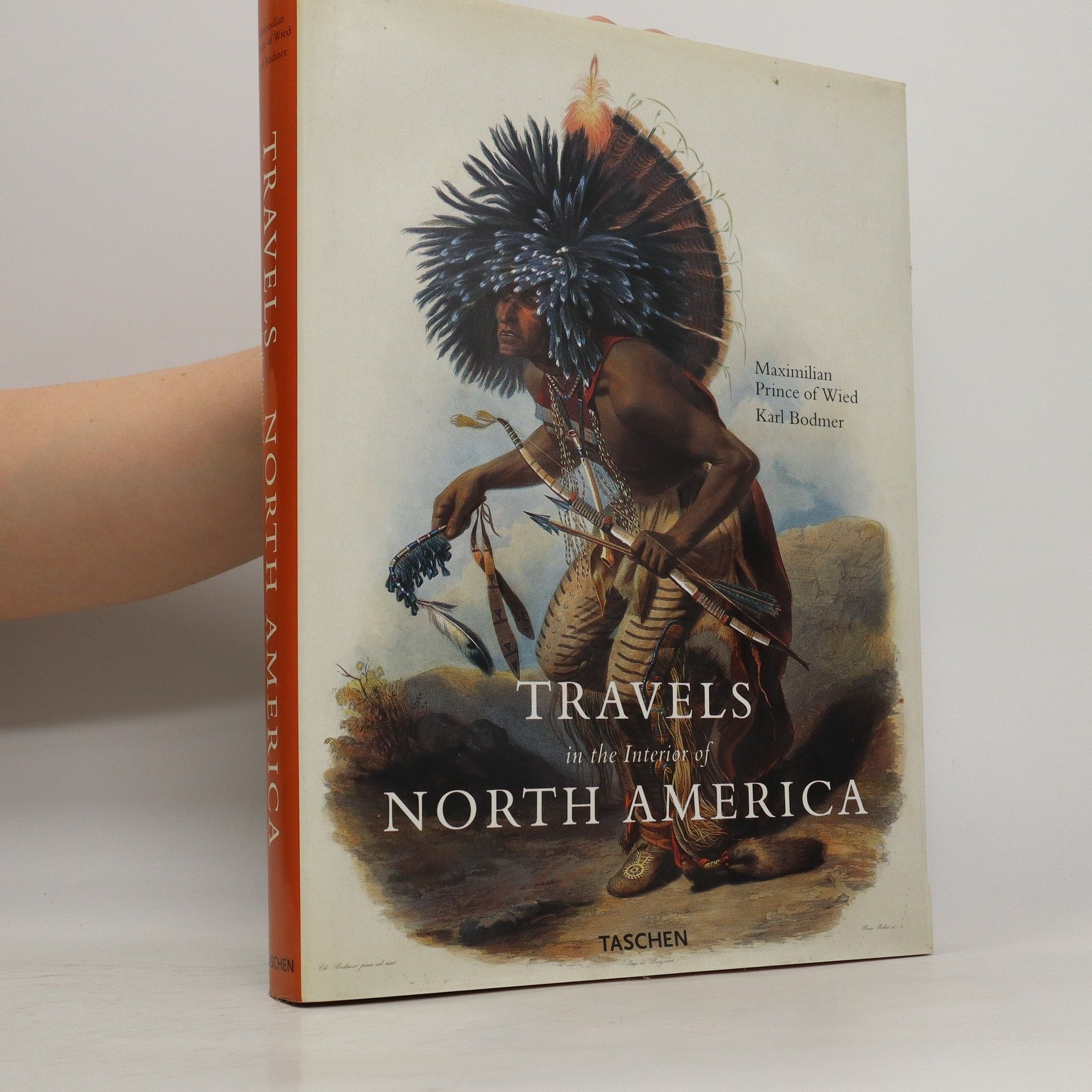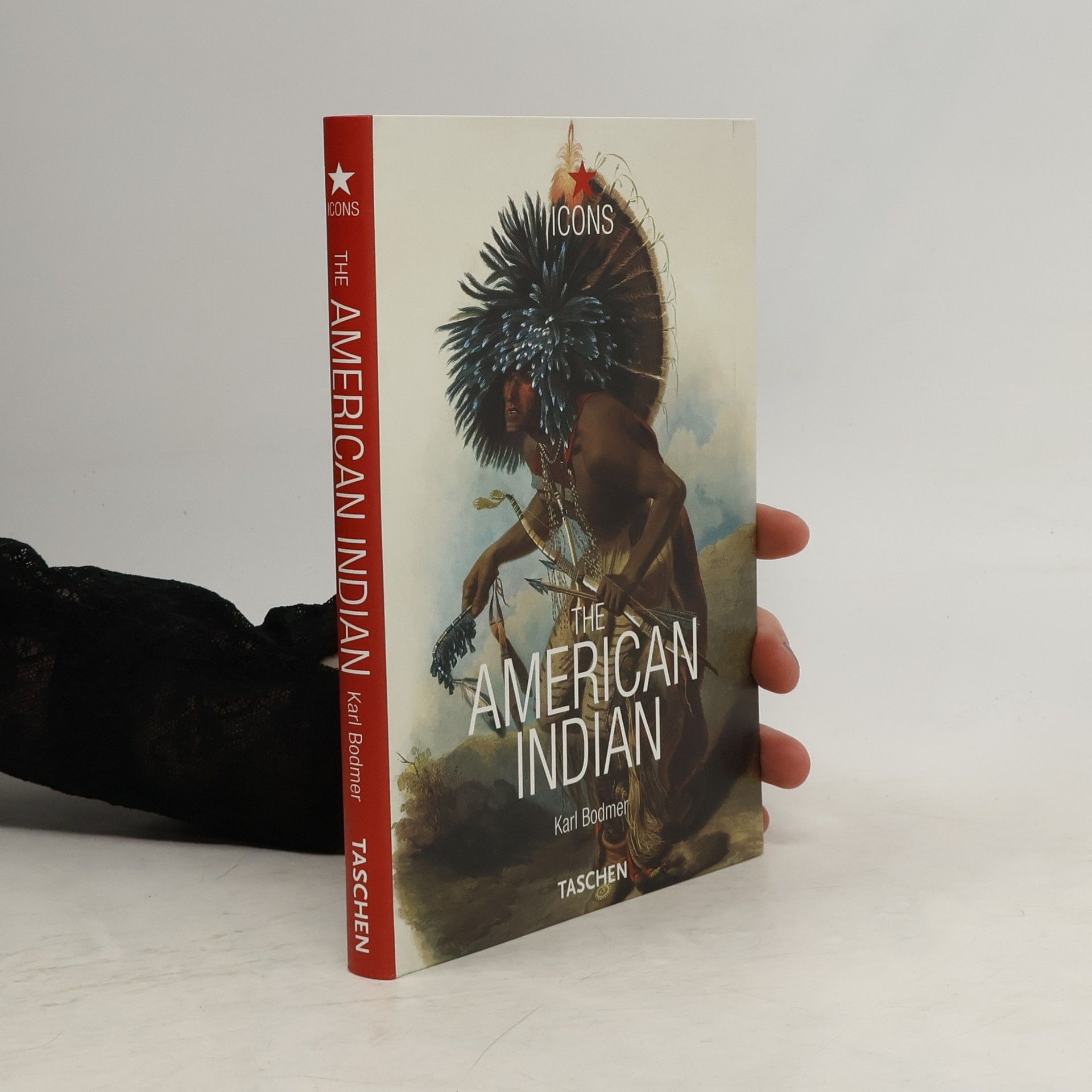The American Indian
- 187pages
- 7 heures de lecture




This volume brings together all of Bodmer's full-sized color illustrations, and adds details taken from the plates. Excerpts from Maximilian Prince of Wales's text accompany each image, providing information about the rituals, ceremonies, customs, clothes and tools of the Native Americans. Anthropologist Dr. Sonja Schierle provides an introduction complemented by photographs of the artifacts Weid brought back from his travels. Oversize" 10x13.75. Annotation c. Book News, Inc., Portland, OR (booknews.com)